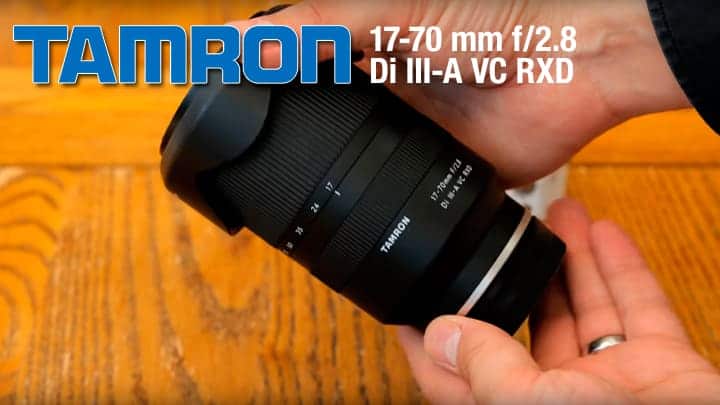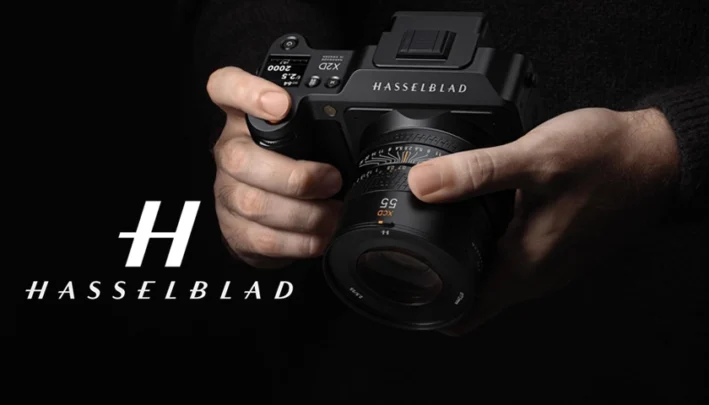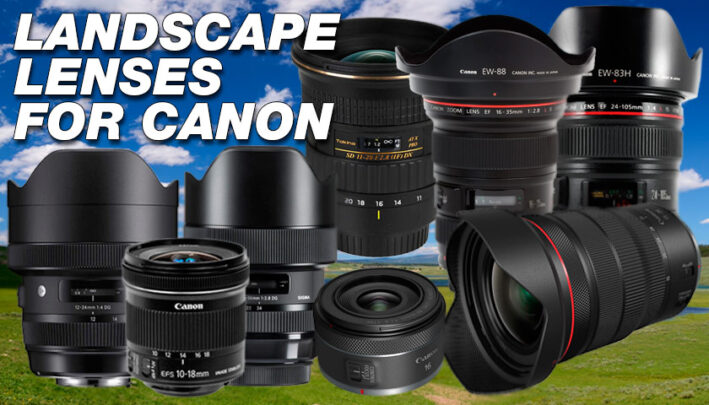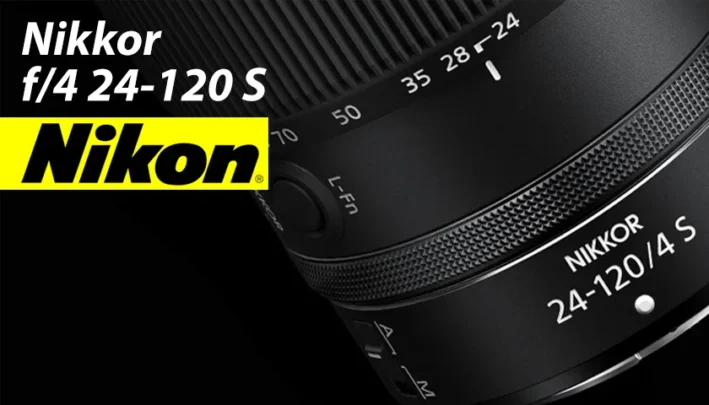Hits: 14
This premium standard zoom,Tamron 17-70 mm f/2.8 Di III-A VC RXD, is a welcome option for Sony APS-C shooters but some may find it too bulky.
Back in 2013, Sony transformed the camera market with its introduction of the Alpha 7 and Alpha 7R. These full-frame mirrorless cameras employed its existing E-mount, which previously had been used for APS-C cameras. Since then, the firm has diverted almost all of its attention to designing full-frame lenses, with the smaller format left relatively neglected.
With its 17-70 mm f/2.8 Di III-A VC RXD, Tamron has spotted an opportunity in this regard. On paper it’s the most tempting zoom yet for Sony’s A6000-series cameras, providing a broad focal-length range and large maximum aperture at a very reasonable price of £779. Sony offers two obvious rivals, but the E 16-55 mm f/2.8 G has a shorter telephoto end, forgoes optical stabilisation and costs £1,079, while the E 16-70 mm f/4 ZA OSS provides a similar zoom range but is a stop slower and lacks weather-sealing for £699. So this might just be the ideal lens for enthusiast Sony APS-C users, but does it live up to its promise?
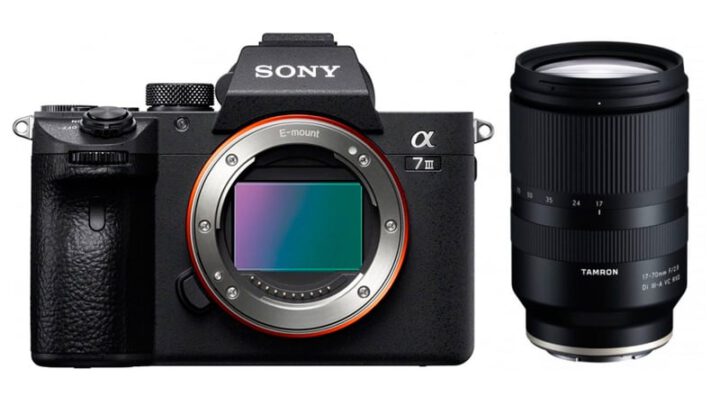
Features
In terms of zoom range and control over depth of field, the 17-70 mm f/2.8 plays much the same role as a 24-105 mm f/4 lens on full frame. The RXD initials reveal that it uses a silent stepper motor for focusing, while VC indicates that it’s optically stabilised. This is crucial given that among Sony’s APS-C camera bodies, only the top-end A6500 and A6600 include in-body stabilisation. The VC system has its own processor for maximum effectiveness and video shooters should benefit from a new AI-based system that tailors its response to different camera movements.
In terms of optics, Tamron has employed a 16-element, 12-group design that includes three aspherical and two low-dispersion (LD) glass elements. Together, these promise high image sharpness from corner to corner. The firm also takes advantage of Sony’s full set of in-camera lens corrections, for shading, chromatic aberration and curvilinear distortion, to deliver the cleanest possible images.
Other features include a minimum focus distance that ranges from 19 cm to 39 cm as you zoom from wideangle to telephoto, providing a usefully high magnification that’s equivalent to approximately one-third life size. The lens accepts 67 mm filters and comes with a bayonet-fit petal-type hood that’s reversible for transport. If you need to update the firmware in future, this can be done via the camera body.
Build and handling
There’s little to criticise here with regard to build quality; the barrel may be plastic skinned to keep the weight manageable, but it feels perfectly robust. The lens also boasts moisture-resistant construction, along with a fluorine coating on the front element to repel water and fingerprints. The broad zoom ring is placed towards the front of the barrel, with the narrower focus ring closer to the camera body. But disappointingly there are no switches for focus or imagestabilisat ion modes, which have to be set from the camera.
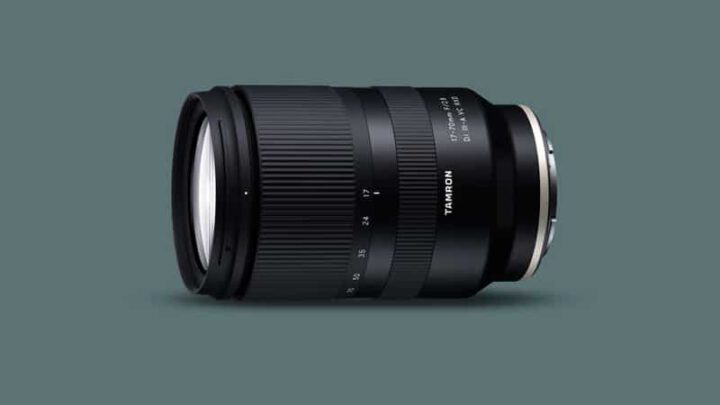
What’s most striking about the 17-70 mm is its size. At 75 mm in diameter and 119 mm in length, it’s the largest standard zoom designed specifically for APS-C E-mount cameras. One side-effect of this is that it’s essentially incompatible with the camera’s built-in ash, giving heavy shadowing at the lower left of the frame. Weighing in at 525 g, it’s also heavier than either of its Sony rivals. This is the inevitable trade-off for that zoom range and maximum aperture.
Physically, the 17-70 mm is a nice match to Sony’s SLR-shaped Alpha 7 cameras. But the same can’t be said of the much smaller APS-C bodies on which it’s supposed to be used. I tested it using the original A6000, where it made for a rather ill-matched, front-heavy combination with the compact range finder-style body. The lens dwarfs the camera, with the barrel underhanging the body by several millimetres. If you’re after balance and portability, there are better options available.
Autofocus
Sony licenses its E-mount protocols to third-party lens makers, including Tamron. This means that the 17-70 mm f/2.8 operates seamlessly on Sony cameras and is fully compatible with all of the firm’s focusing technologies, including eye AF and Direct Manual Focus. When used on the Alpha 6000, the lens focuses snappily and almost completely silently. I had no problems with focus accuracy, even when shooting wide open at the telephoto end where depth of field is at its thinnest.
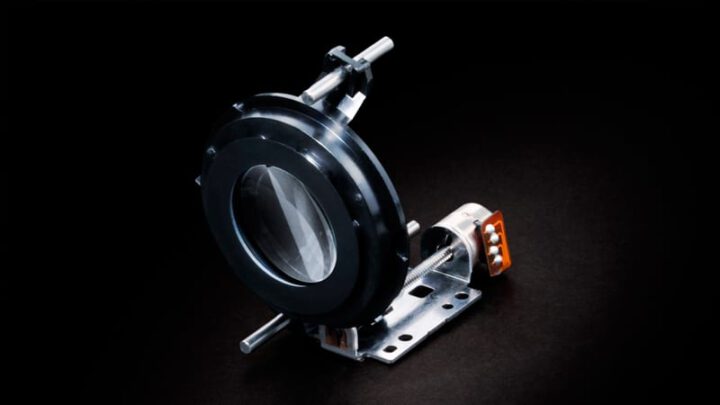
On the other hand, I was unimpressed by the manual focus experience. It’s an electronic focus-by-wire design, with the focus ring used to drive the AF motor. But it’s slightly sticky when you’re trying to make small adjustments, resulting in jerky steps when fine-tuning focus. Unlike with Sony lenses, the optical stabilisation doesn’t function while you’re focusing. This results in a shaky magnified view, especially at telephoto.
Image quality
One area of the lens’s performance where I have few reservations, however, is its image quality. Quite simply, it’s excellent. Tamron says it was aiming to match Sony’s 16-55 mm f/2.8, and I think it’s safe to say that the firm has achieved this goal.
In particular, detail rendition is very impressive indeed. As usual the lens is at its best in the middle of its range; at the 35 mm mark it delivers impressive levels of detail from corner to corner, even at f/2.8. Zoom to either the wide or tele end and while the centre stays extremely sharp, the corners soften up a little. Stop down to f/8 at telephoto and they pick up very nicely, but at wideangle they never quite hit the same heights. That said, you’ll only notice this when viewing your image files upclose on screen, or perhaps when making really large prints.

Tamron has achieved this impressive sharpness in the modern way, by allowing strong rectilinear distortion on the basis that it can be automatically corrected in either the camera’s JPEG files, or during raw processing. At 17 mm, there’s strong and complex barrel-type distortion, which neutralises at the 20 mm mark before turning to pronounced pincushion distortion through the rest of the range. As a result, you’ll need to enable distortion compensation in the camera’s menu if you want straight lines at the edge of the frame to be drawn correctly.
Another penalty that comes from combining a large zoom ratio and fast aperture in a lens this size is vignetting. Again, it’s most pronounced at either end of the zoom, where you need to stop down to f/5.6 to suppress any hint of corner darkening. However the effect is much reduced at the 35 mm position. At the time of writing, Adobe visibly over-corrects this vignetting in Camera Raw, so you need to dial back its compensation significantly to avoid artificially bright corners in images shot at large apertures.
With its f/2.8 aperture and close minimum focus distance, this is a useful lens for selective focus work. As a rule, it renders out-of-focus backgrounds in a smooth and attractive fashion, although occasionally you’ll come across ‘onion ring’ effects in highlights. You’ll also see a cat’s-eye effect at telephoto, in which out-of-focus highlights towards the image corners are rendered as truncated circles due to physical vignetting. But that’s only to be expected from this type of lens.
The 17-70 mm also deals quite elegantly with shooting directly into the light. I saw no significant problems with flare when strong light sources such as the sun or street lights were included in the frame, even when making significant tonal adjustments in shadow regions of the image file.
Last but by no means least, the optical stabilisation works very well. I was able to get sharp images handheld at shutter speeds as slow as 0.3 seconds towards the wideangle end, which is about as good as you’re likely to get from a lens-based system.
Verdict
For enthusiast photographers who use Sony’s APS-C cameras and are in search of a high-quality everyday zoom, in many respects the Tamron 17-70 mm f/2.8 Di III-A VC RXD looks like the perfect choice. It offers a compelling combination of a large maximum aperture and a really useful focal length range, without skimping on optical quality. Alongside the Sony E 16-55 mm f/2.8 G, it’s the only weather-sealed option available to match the higher-end A6000- series models, but its optical stabilisation makes it a much better choice for use on bodies without IBIS. The fact that it’s £300 cheaper is a pretty compelling advantage, too.
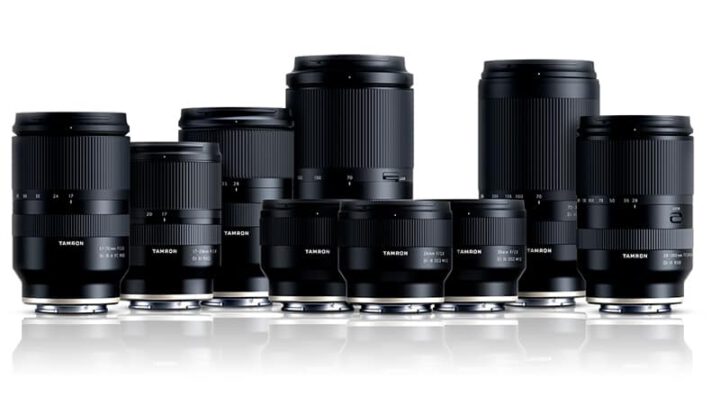
Indeed, my only real reservation lies with its size and weight. This is a lens that feels like it would be rather better suited for use with larger SLR-style cameras, rather than Sony’s petite APS-C models, on which I found it to be awkwardly unbalanced. In fact I’d love to see Tamron make it in other mounts such as Fujifilm X, but unfortunately the other camera companies aren’t as far-sighted as Sony in facilitating third-party lens makers.
Overall, though, this is a fine lens at a tempting price. Alpha 6000-series users in search of a smaller and lighter option may be better served by Sony’s E 16-70 mm f/4 ZA OSS, but for those happy to tolerate the size mismatch, the Tamron 17-70 mm will deliver excellent results.

